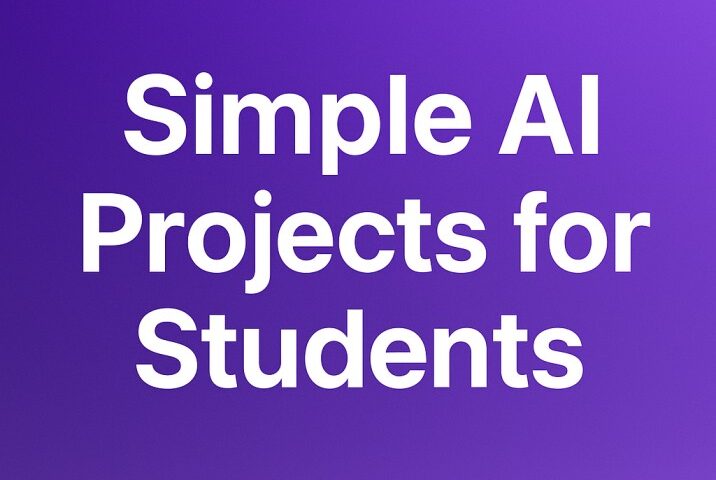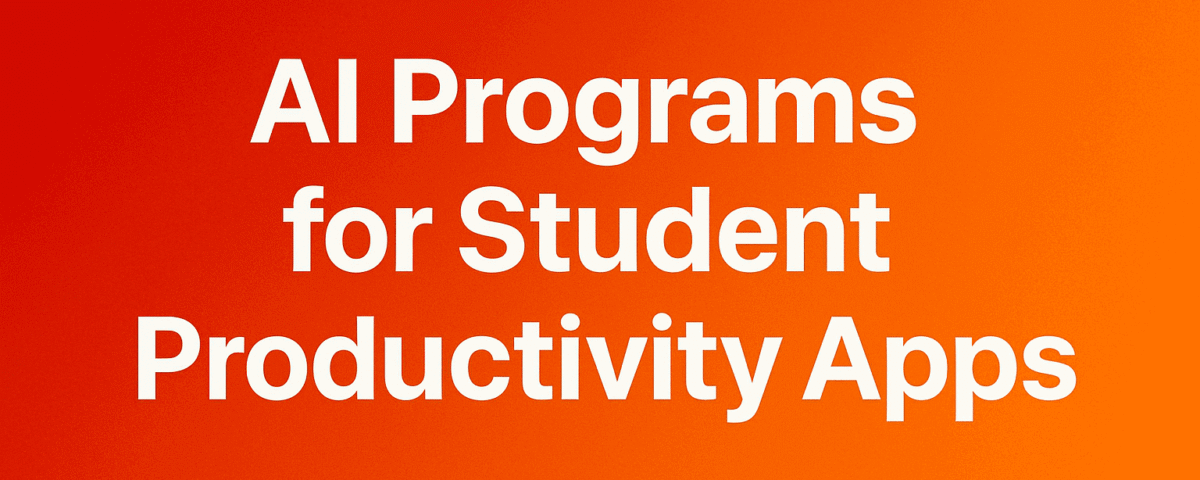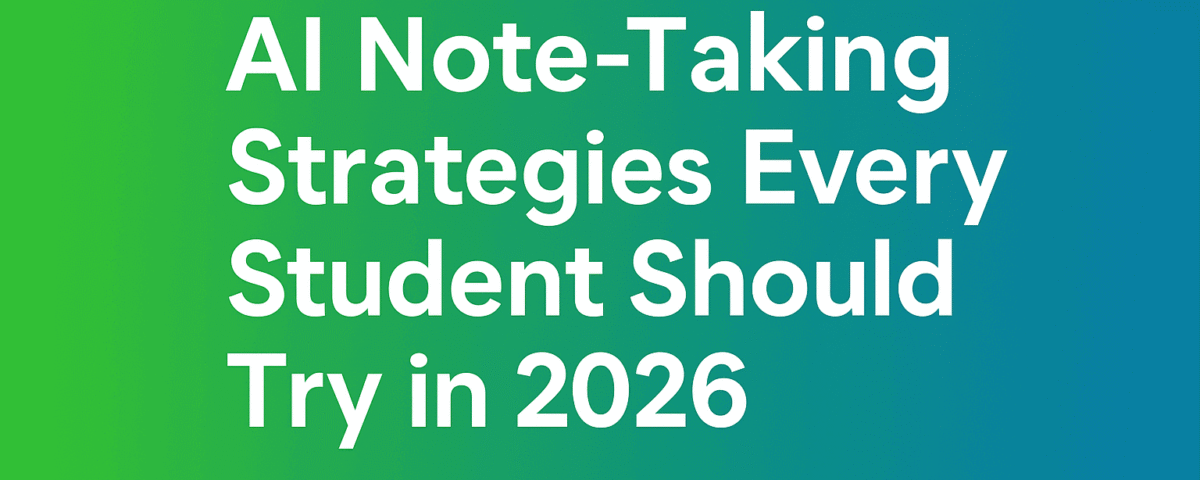Learn the different types of AI, including Narrow AI and General AI, and understand AI categories with simple, practical examples. Perfect for beginners at Learnaimind.
Welcome to the World of AI
Artificial Intelligence (AI) might sound like a futuristic concept, but it’s already part of our daily lives — from the voice assistant on your phone to recommendation systems on Netflix. At Learnaimind, we’re here to make AI simple and practical, even for beginners.
One of the first things you need to understand is the types of AI. Knowing the categories helps you see how AI is applied in real life and what to focus on as a learner. Let’s break it down!
1. Narrow AI (Weak AI)
What it is:
Narrow AI, also called Weak AI, is designed to perform specific tasks. It’s called “narrow” because it doesn’t have general intelligence — it can’t perform tasks outside its specialty.
Practical Examples:
- Voice Assistants: Siri or Alexa can answer questions, set reminders, and control smart devices, but they can’t play chess or write an essay without special programming.
- Recommendation Systems: Netflix, Spotify, and YouTube suggest content based on your behavior — they are specialized AI for recommendations.
- Self-Driving Car Features: AI that helps with lane detection or parking is a narrow AI tool.
Why it matters:
Most AI you interact with today is Narrow AI. It’s practical, reliable, and easy to understand for beginners. If you’re starting with AI, these are the types of systems you can experiment with in mini projects.
2. General AI (Strong AI)
What it is:
General AI, or Strong AI, refers to AI systems that possess human-like intelligence. They can learn, reason, and apply knowledge across different tasks — just like a human.
Practical Examples:
- Currently, General AI doesn’t exist yet. It’s more of a goal for researchers and future applications.
- Imagine a system that can plan your day, drive your car, write a story, and tutor you in math — all with the same AI.
Why it matters:
Understanding General AI helps you differentiate real-world AI today (Narrow AI) from what’s possible in the future. It also inspires beginners to think about the potential and ethics of AI.
3. AI Categories by Capability
Besides Narrow and General AI, AI can also be categorized based on capability and function:
a) Reactive Machines
- What it is: AI that can react to specific inputs but has no memory.
- Example: IBM’s Deep Blue, which defeated chess champion Garry Kasparov. It reacts to moves but doesn’t remember past games.
b) Limited Memory AI
- What it is: AI that remembers past data to make better decisions.
- Example: Self-driving cars use sensors and memory of the environment to navigate safely.
c) Theory of Mind AI (Future AI)
- What it is: AI that can understand human emotions and intentions.
- Example: Still in research — this AI could interact socially, understanding needs and moods.
d) Self-Aware AI (Future AI)
- What it is: AI that possesses consciousness and self-awareness.
- Example: This is purely theoretical and doesn’t exist yet. Think of it as science fiction for now!
Practical Takeaways for Beginners
- Start with Narrow AI: It’s the type you can learn and practice today. Try building a chatbot, a recommendation system, or a simple image classifier.
- Understand categories: Knowing Reactive vs Limited Memory AI helps you understand how AI applications are built.
- Think about the future: General AI, Theory of Mind AI, and Self-Aware AI are exciting but currently theoretical. Awareness of these helps you follow trends and ethical discussions.
Learnaimind Tip:
Want a practical exercise? Try this mini project:
- Pick a Narrow AI tool (like a chatbot or recommendation system)
- Explore how it works step by step
- Think about how it could evolve toward General AI in the future
This will give you hands-on experience while understanding AI categories.
Conclusion
AI comes in many shapes and levels of intelligence. From Narrow AI systems we use daily to future General AI visions, understanding AI types is crucial for beginners. At Learnaimind, we focus on practical learning, helping you explore AI today while preparing for tomorrow’s possibilities.
Start small, experiment, and keep learning — AI is not as complicated as it seems!








